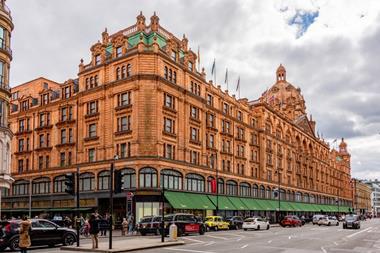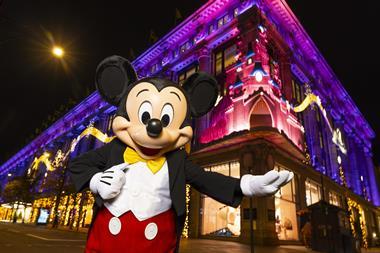Retail Week Knowledge Bank recently updated its profiles of upmarket department store groups Selfridges and Harvey Nichols, whose fortunes have differed notably lately.
Both are privately owned and from the second half of the 1990s each branched out into the provinces. But here the similarities largely end. Under Dickson Poon’s new control in the 1990s, Harvey Nichols’ Knightsbridge flagship emerged as a key destination for contemporary fashion. In five years in the mid-1990s sales doubled.
Meanwhile, Selfridges’ sales grew only half as fast. However, visionary new management began transforming a solidly mid-market, albeit prominent, Oxford Street landmark into a high profile, primary London destination fashion store. That process continued into the 2000s, latterly led from the front by Paul Kelly.
Harvey Nichols’ sales rose only modestly in the first part of the 2000s, before stalling and falling back over the past two years, albeit remaining profitable - and reportedly increasingly so in 2010. Selfridges’ sales surged in the second half of the 2000s, rising by a third, with operating margins around an elevated 15%.
Why the difference? It can be argued Harvey Nichols reached its zenith in the 1990s and became mature, when Selfridges was only beginning to exploit its potential.
Location plays a part - tourists, even domestic, generally turn left out of Knightsbridge station, heading first for Harrods. Oxford Street remains central: certainly Selfridges has made the greater tourist impact of late, witness the young Chinese shoppers queuing on Boxing Day.
Which leads to a conclusion about marketing, promotion, ‘theatre’ and that ever-evolving Selfridges offer. Could Harvey Nichols come again? Perhaps by reinventing a younger, global high fashion image?
For comprehensive analysis of every top 200 retailer in the UK, visit rwkb.retail-week.com.


























No comments yet